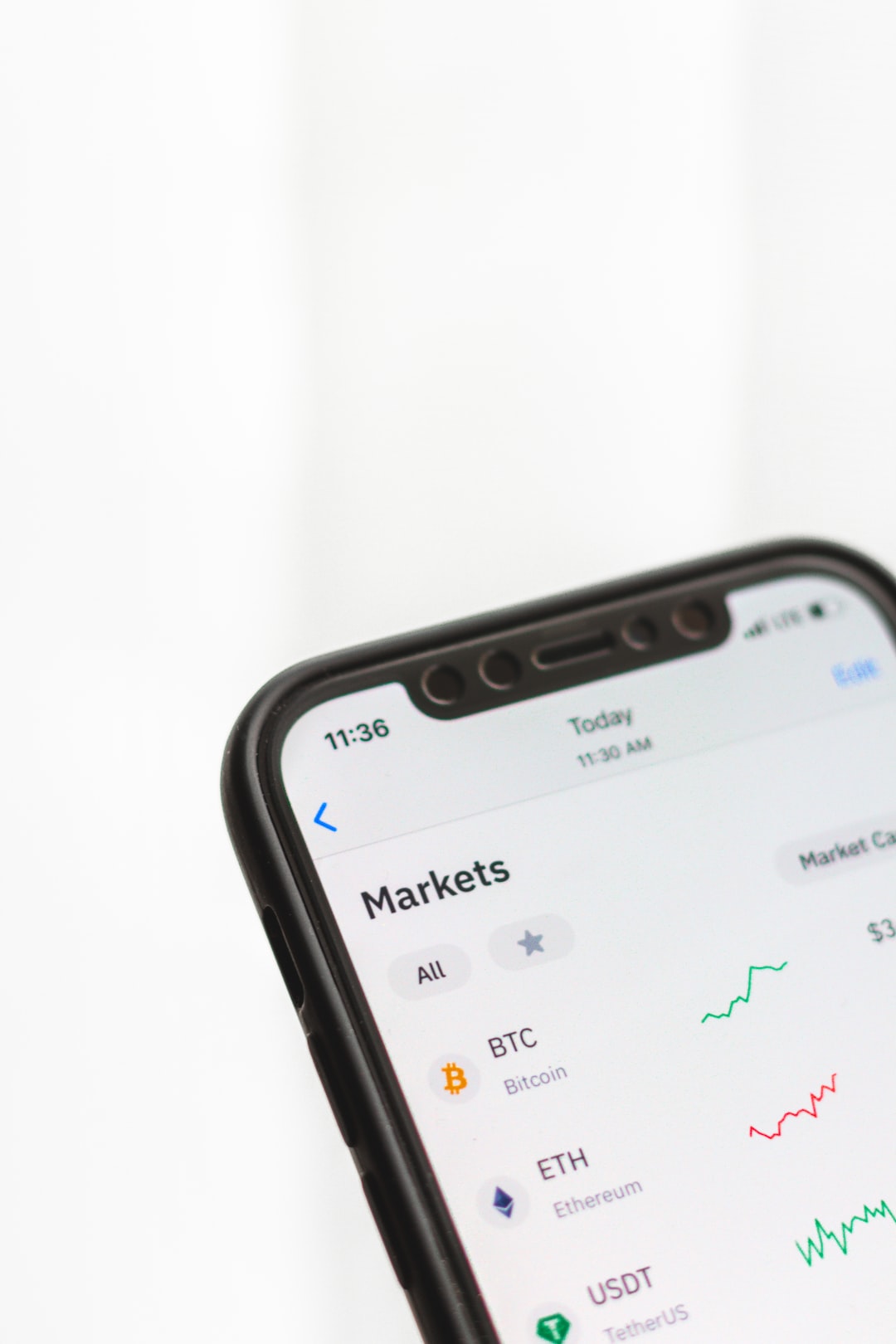The forex carry trade has been a popular strategy among traders for many years. It involves borrowing in a low-yielding currency and investing in a high-yielding currency to take advantage of the interest rate differential. However, the carry trade strategy has faced challenges in recent years, and the future of this trading strategy is uncertain. In this article, we will explore the trends and predictions for the future of forex carry trade.
To understand the future of forex carry trade, it is essential to first look at the current trends in the forex market. In the past, traders would borrow in currencies with low-interest rates, such as the Japanese yen, and invest in currencies with high-interest rates, such as the Australian dollar. This strategy worked well when interest rate differentials were significant and stable.
However, in recent years, interest rate differentials have narrowed due to central banks around the world adopting accommodative monetary policies to stimulate economic growth. This has reduced the potential gains from the carry trade strategy. Additionally, the carry trade has become more volatile due to increased uncertainty and market turbulence, making it more challenging to generate consistent profits.
Another trend that has impacted the carry trade is the increased correlation between currencies and other asset classes. Traditionally, the carry trade was seen as a diversification tool as it had a low correlation with equities and other financial assets. However, during periods of market stress, correlations tend to increase, causing carry trades to suffer losses along with other risk-on assets.
The future of the carry trade strategy will depend on several factors. One of the most crucial factors is the direction of global interest rates. If interest rate differentials widen in the future, it could revive the carry trade strategy. However, this seems unlikely in the near term as central banks continue to maintain accommodative monetary policies.
Another factor is the geopolitical landscape and economic conditions. Carry trades perform better in stable economic environments with low volatility. However, with increasing geopolitical tensions and economic uncertainties, carry trades may face more significant challenges. Traders need to be cautious and adapt their strategies to changing market conditions.
Technology and algorithmic trading will also play a role in the future of the carry trade strategy. With the advancement of technology, trading algorithms have become more sophisticated and efficient. These algorithms can quickly identify and exploit arbitrage opportunities in the forex market, including carry trades. This could potentially lead to increased competition and narrower profit margins for carry traders.
Furthermore, regulatory changes can also impact the future of the carry trade strategy. Governments and regulatory bodies have become more vigilant in monitoring and regulating the forex market. This has resulted in stricter margin requirements and increased transparency. While these measures aim to protect investors, they can also limit the profitability of carry trades.
In conclusion, the future of the forex carry trade strategy is uncertain. It has faced challenges in recent years due to narrowing interest rate differentials, increased market volatility, and higher correlations with other asset classes. The direction of global interest rates, geopolitical landscape, economic conditions, technology, algorithmic trading, and regulatory changes will all play a role in shaping the future of the carry trade. Traders need to stay informed, adapt their strategies, and carefully consider the risks involved before engaging in carry trades.






